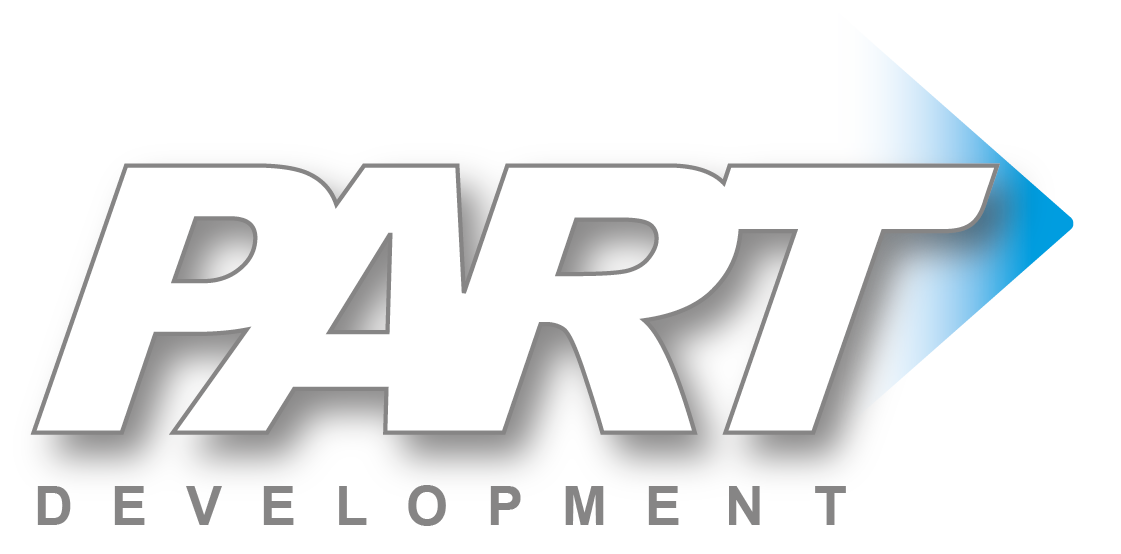IMPROVED RESULTS AND REDUCED OVERTIME
The client
The finance department of a Swedish-listed subcontractor to the automotive
industry.
The challenge
The finance department found it difficult to see how it could contribute
to the company’s overall goals, which affected both its commitment and drive to improve operations. They struggled to set effective goals to aim for and to evaluate their performance against. One consequence was that daily
pulse meetings were principally a place to share information, and it was rare that deviations and problems were raised. This in turn meant the limited amount of improvement work taking place involved implementing good ideas
rather than improving ways of working that restricted the operation’s performance.
The result
In
just under a year the finance department had implemented over 100 improvements. Here are some of the things they achieved:
·
All supplier invoices were approved on time (where previously they were nearly always late)
·
The value of overdue accounts receivable as a proportion of the total accounts receivable was halved (from 14% to 7%)
·
The time to complete month-end work was halved
·
Overtime related to month-end work was reduced to zero
·
An entire position in the finance department was eliminated. This person was transferred to customer support, which needed extra resources.
·
Delivery reliability in terms of reporting to management increased to 100%
·
Stress amongst staff was reduced as month-end work was divided across more working days
The journey
Part Development spent 6 days, spread over four months, training,
and coaching the entire finance department. Each day focused on a different theme. Firstly, training looked at the company’s values and how they could be used to improve the department’s ability to work in teams. They discussed
what they considered to be desired behaviors. This led to several concrete value-related activities the department could follow up at its daily pulse meetings.
The next theme was the finance department’s impact on the company’s overall goals. Cause-and-effect analysis led to a handful of concrete goals that the finance department could influence, and that were possible to follow up and act on every day.
Based on the value activities and goals the department arrived at, the next issue was to improve the department’s pulse board. The goal was for the information on the pulse board to steer the meeting to follow up, and act on, what actually made a difference for the employees and the company.
Improved pulse meetings resulted in several deviations being revealed. These deviations had always been there but had not previously surfaced. To create the right conditions for finding long-term solutions to these deviations the fourth and final theme concerned employee-driven improvement work. The finance department were trained in how improvement work could be organized and carried out to be effective. This also involved practical training by carrying out root cause analysis to ensure improvement work was solving the right problem (and not just treating the symptoms).
